Children with hand, foot and mouth disease can experience dangerous complications such as acute pulmonary edema, myocarditis, encephalitis and death.
This year, from April to June is the time when the number of cases of hand, foot and mouth disease is increasing. Photo: Parenting.
Dr. Dang Thi Thuy, Head of the Department of Pediatrics, Central Hospital for Tropical Diseases, Hanoi , said that hand, foot and mouth disease in our country tends to occur in the summer and early fall. This year, from April to June is the time when the number of cases of hand, foot and mouth disease is increasing. This is an infectious disease caused by viruses, commonly the Coxackievirus and Enterovirus 71 groups.
"Currently, there is no specific treatment for the disease. The main measures are symptomatic and supportive treatment, while monitoring and treating complications. Antibiotics are only used in cases of secondary infection," said Dr. Dang Thi Thuy.
The disease is transmitted through the digestive tract, through direct contact with sick people (shaking hands, hugging, kissing), toys, clothes, household items, and surfaces containing the virus. The disease can spread quickly, especially in collective environments such as kindergartens and schools.
According to Dr. Thuy, most children with hand, foot and mouth disease gradually recover after 7-10 days, similar to other viral fevers. However, we also record a percentage of children experiencing life-threatening complications such as encephalitis, myocarditis, acute pulmonary edema, etc.
Severe signs
Doctor Thuy said the symptoms of the disease are mouth ulcers. The ulcers are often on the palate (roof of the mouth), cheek mucosa, mouth, tongue, causing pain, difficulty swallowing, poor appetite, and fussiness in children. Blisters appear on the skin, are firm to the touch, and often appear on the palms, soles, knees, and buttocks. Children may have a low fever or a high fever. A high fever that is difficult to reduce is a warning sign of a serious illness.
"Children with mild hand, foot and mouth disease (only mouth ulcers and skin rash) can be treated and monitored at home. Take care of their nutrition by giving them plenty of cool water and easily digestible foods. Parents should not let them suck on plastic nipples or eat or drink anything sour or spicy. Clean their teeth and body daily to avoid secondary infections," Dr. Thuy recommends.
Blisters appear as raised, firm bumps on the skin, often appearing on the palms, soles, knees, and buttocks. Photo: Dongnai.gov.
During child care, parents need to monitor for severe signs and take the child to the hospital immediately:
+Children have fever > 39 degrees Celsius, vomit a lot, and are startled.
+Children show signs of fussiness, restlessness, difficulty sleeping or drowsiness.
+Children have shaking hands and feet, body tremors, can't sit still, and walk unsteadily.
+Purple skin, sweating, cold hands and feet.
+Respiratory: children breathe rapidly, breathe abnormally, stop breathing, have chest retraction, and wheeze.
How to prevent the source of infection
According to Dr. Thuy, there is currently no specific vaccine to prevent hand, foot and mouth disease. Therefore, it is very important to apply measures to prevent diseases transmitted through the digestive tract such as preventing the source of infection and maintaining good hygiene.
Specifically, the measures to be taken are as follows:
+Wash hands regularly with soap (both adults and children), especially before preparing food, before eating/feeding children, after going to the toilet, after changing diapers...
+ Practice good food hygiene: Eat cooked food, drink boiled water; wash eating utensils; ensure clean water is used in daily activities; do not let children eat with their hands, suck their fingers, or suck on toys; limit children from sharing toys and household items; do not feed children while there is an epidemic.
+Regularly clean surfaces and objects that are in daily contact such as toys, school supplies, doorknobs, and stair handrails with soap or common detergents.
+Do not let children come into contact with sick or suspected sick people.
+Use hygienic toilets, feces and waste of patients must be collected and dumped into hygienic toilets.
+When children show signs of suspected illness in class, they should be taken to a specialist for specific advice.
Source Zing
Source link



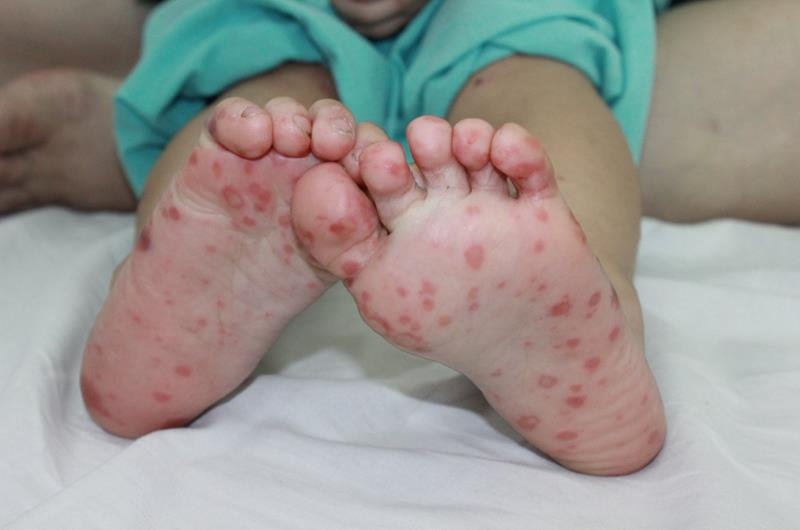








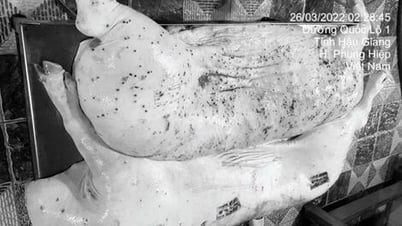

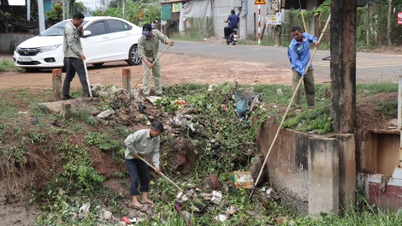





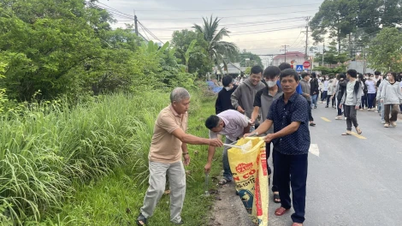



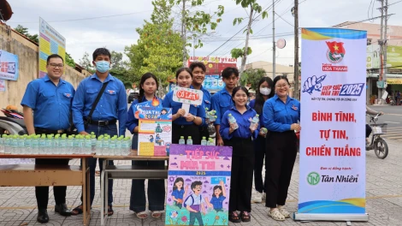



















































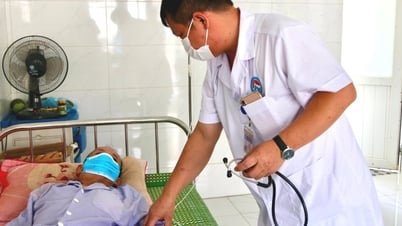







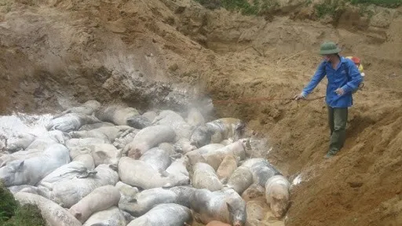

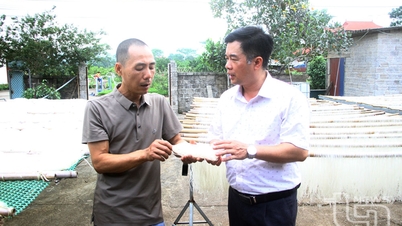



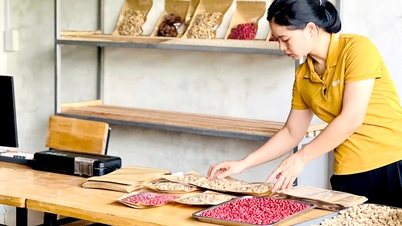









Comment (0)